Cats in heat experience a number of physical and behavioral changes. An unspayed female cat will eventually start having heat cycles, and during this time, she'll be able to become pregnant if she mates with a male. Here's how to tell if your cat is in heat, what to expect, and how to prevent unwanted pregnancy.
What is Heat in Cats?
The hormonal changes that prepare female cats for breeding are called estrus or oestrus. A cat's first heat cycle typically begins when she is around six to 10 months old and continues well into old age. Cats are efficient reproducers, and their heat cycle can repeat every 14 to 21 days until they become pregnant or get spayed.
Cats are seasonal breeders; daylight affects their heat cycles. Although they can be fertile any time of the year, they typically experience heat cycles during seasons with longer days (spring and summer) and an inactive period when the days are shortest (late fall through early winter).
Cat Heat Cycles
- Proestrus is the stage when the cat's body is preparing for estrus. This may only last a day or two, and cats typically show subtle signs, if any. Intact male cats may be attracted to her, but she will not be receptive to them.
- Estrus is the fertile stage when cats are receptive to males and can become pregnant. She will show the most obvious signs during this time. Estrus lasts seven days on average, but it can be as short as one day or as long as 21 days.
- Interestrus is the period between heat cycles if the cat has not ovulated. It can last from two to 19 days but is typically about a week long. Cats will not show any behavior changes during this stage.
- Anestrus is a period of hormonal inactivity between estrous cycles that may occur when the days are shortest. In the northern hemisphere, this tends to occur between October and December.
- Diestrus, also called the luteal phase, occurs after ovulation. If the cat does not become pregnant. she may experience false pregnancy for 40 to 50 days. Fortunately, she is unlikely to exhibit signs of pregnancy during this time.
Signs of Heat in Cats
Cats in heat undergo several physical changes that affect their behavior. There's no easy way to measure a cat's hormone levels at home, but certain changes in her behavior can indicate she is in heat. You may notice one or more of the following signs during your cat's estrus:
Display of Affection
Your female cat may become unusually affectionate when she is in heat. She may sidle and rub her hindquarters against furniture, stuffed toys, other cats, and maybe even you. You can distinguish this behavior from pure restlessness (a sign she may be in pain and need to see the vet) by the way she lifts her tail or even occasionally assumes the mating position.
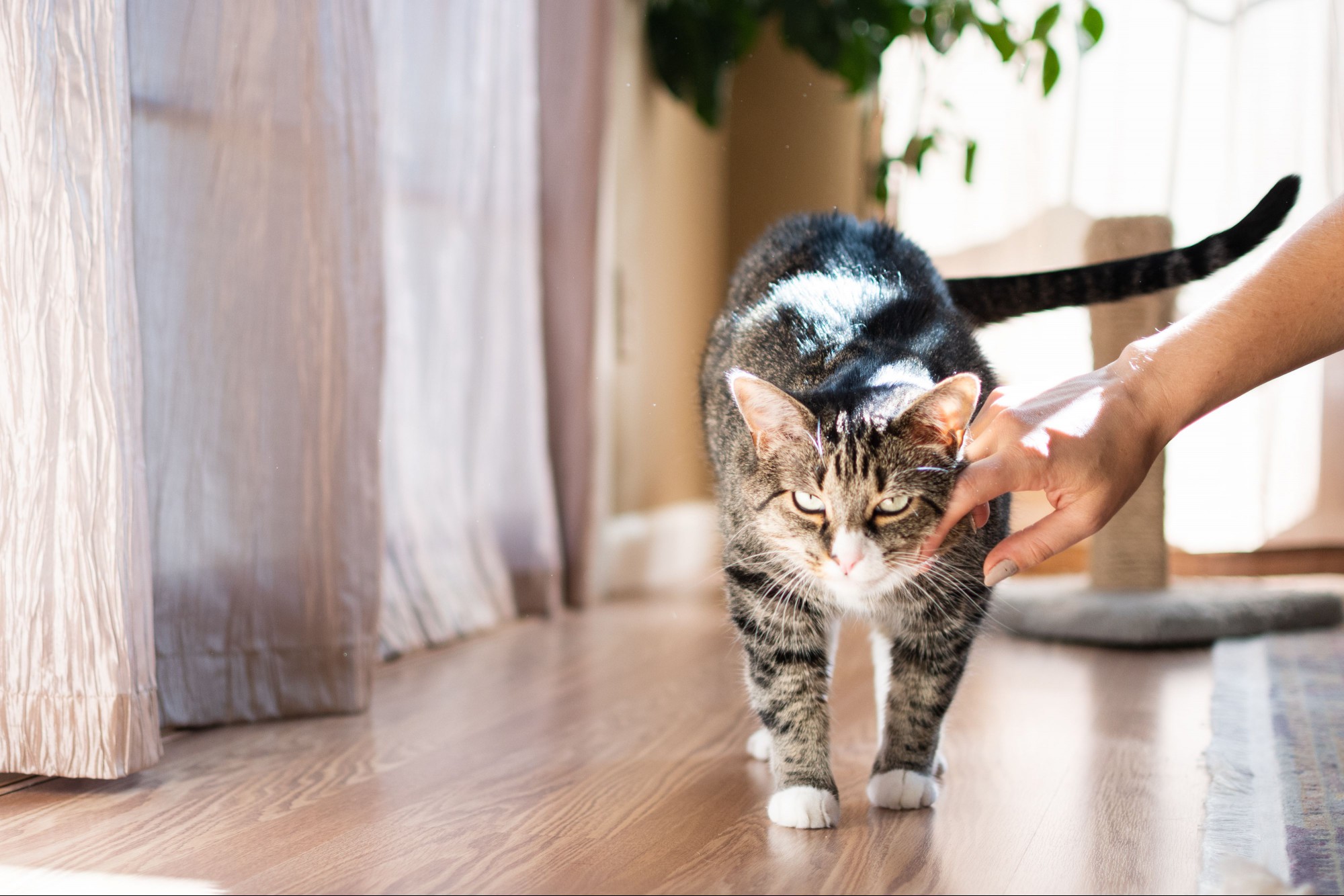
The Spruce / Meg MacDonald
Excessive Grooming
A cat in heat may spend excessive time licking her genital area, even though there is no blood present. In fact, contrary to popular belief, a cat in heat should not bleed—unlike humans, cats do not shed the lining of their uterus during their cycle. Note that genital licking can also be a symptom of a urinary tract disorder, which can be serious if not treated promptly. If your cat exhibits only this behavior without any of the other signs of heat, a trip to the veterinarian is in order.
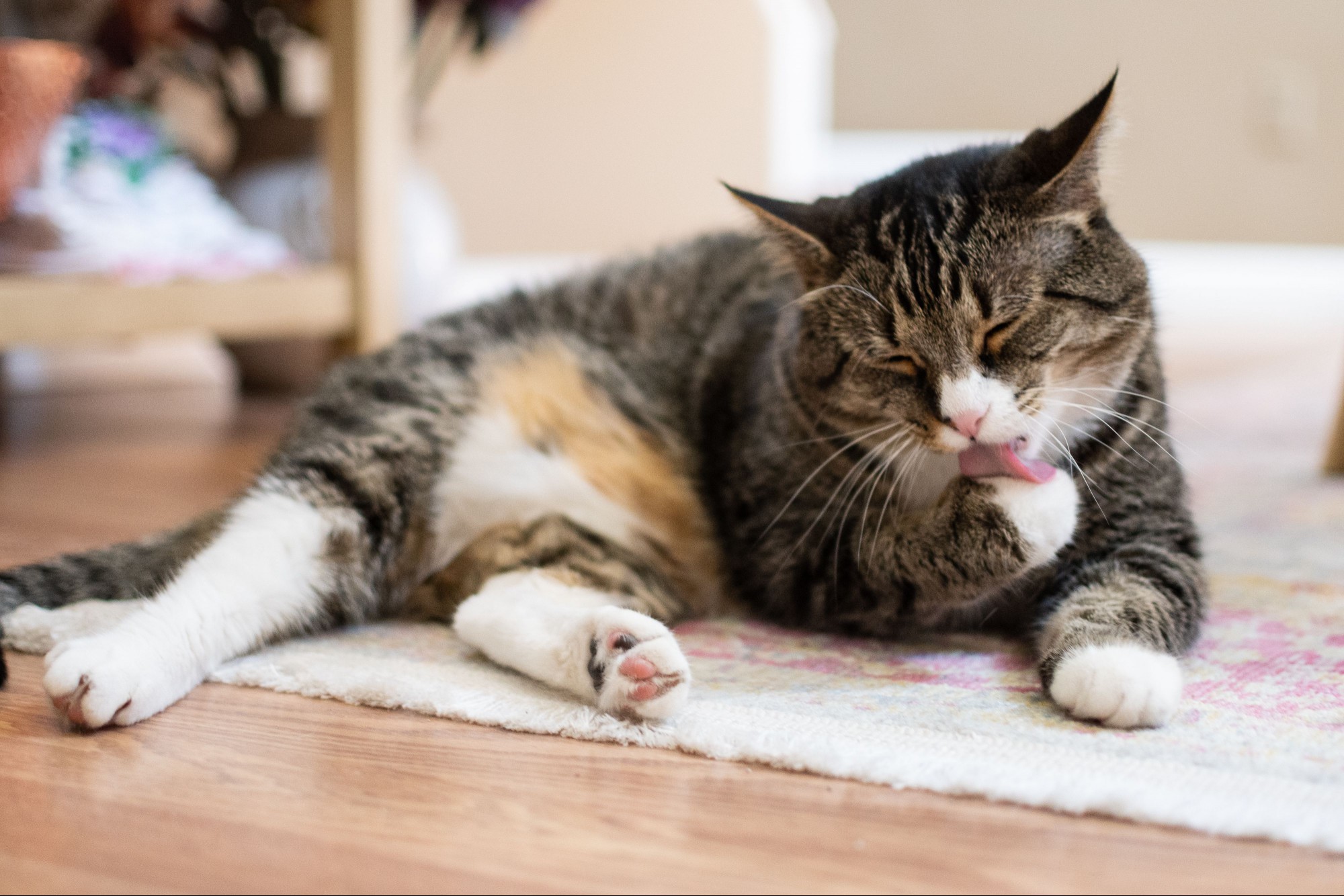
The Spruce / Meg MacDonald
Mating Call and Position
Cats in heat tend to vocalize loudly. This "calling" may go on for several days unless she mates. She will then assume the mating position: head down, forelegs bent, rear quarters raised to expose the perineum, and tail raised and held to the side of the body. This posture is called lordosis. And when she assumes it, her rear legs will tread rhythmically as if walking in place.
Marking Her Territory
A cat in heat, similar to a male cat, may spray vertical surfaces to mark them with urine. To do so, she will back up to her surface of choice, raise her quivering tail, and may even perform the rhythmic treading described above. To the untrained eye, this looks like a sign of distress. Don't be alarmed, as this is normal behavior for a cat in heat (although a nuisance to you if you value your furniture).
Loss of Appetite
Your cat in heat may exhibit a noticeable decrease in appetite. Frankly, her mind is on other things. Pure instinct shifts her bodily need towards reproducing, rather than feeding herself. But monitor her appetite, as this behavior should last no more than two weeks. Something else may be off if she won't eat at all or doesn't return to her normal eating pattern after about two weeks. When in doubt, contact your veterinarian.
Need to Escape
When in heat, instinct drives your cat to pounce towards the door when it opens. Outside is where potential suitors lie and her need to attract and mate with them becomes apparent. During this time, it is not unlikely for an indoor cat to run away for more than one day and up to a week, or more. Make sure to seal all escape routes and watch her carefully. You may even want to distract her with play to divert her attention.
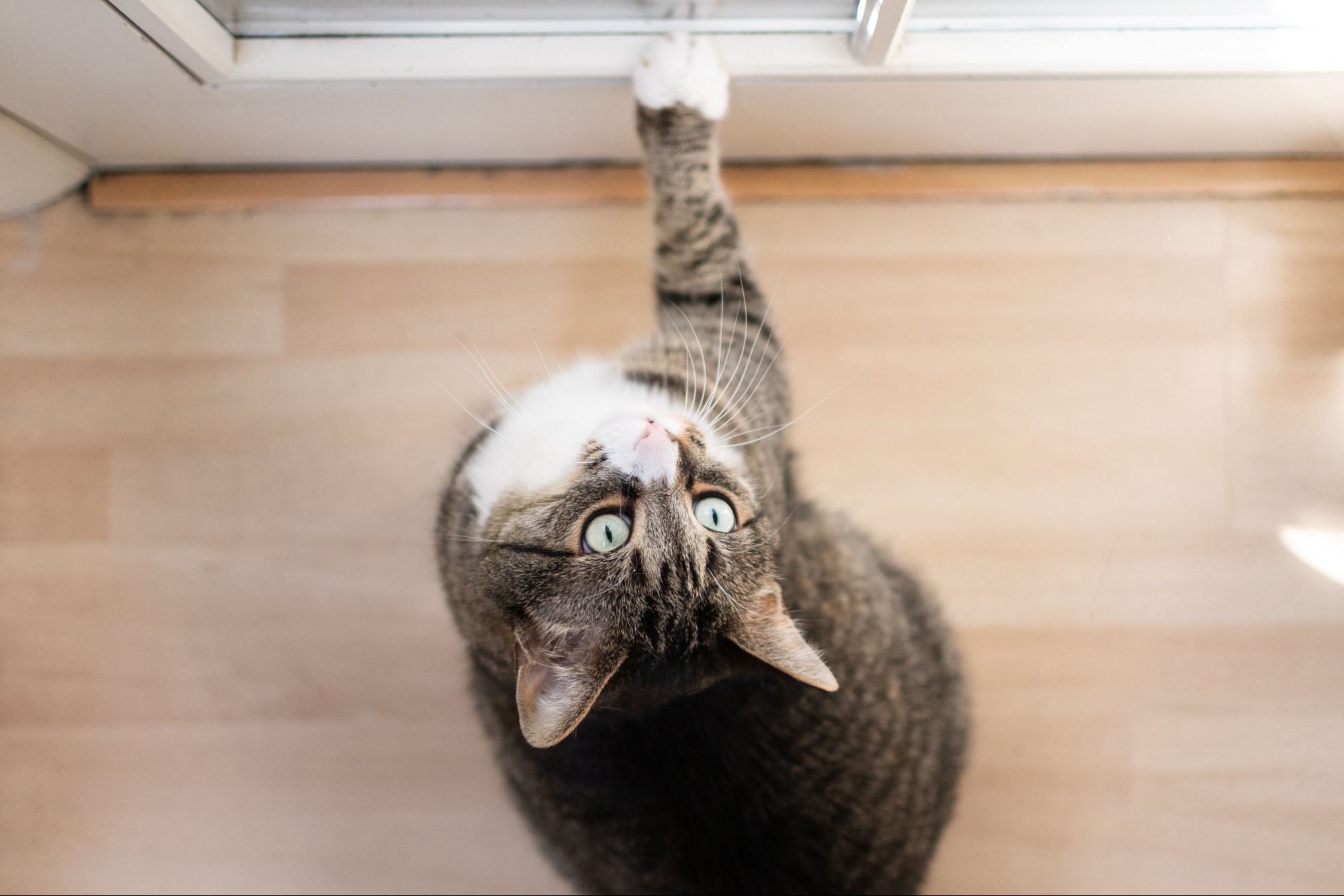
The Spruce / Meg MacDonald
How to Care for Cats in Heat
There's not much you need to do to help your cat while she is in heat. Keep her comfortable and enrich her environment with cat trees, scratching posts, toys, and games. If she likes catnip, sprinkle some down for her periodically to distract her from other behaviors. You can create a calming environment through the use of pheromone diffusers and sprays, such as Feliway.
Preventing Pregnancy
Most importantly, if you don't want your cat to get pregnant, she should be kept indoors and away from unneutered male cats. If you do not intend to breed your cat, the best thing you can do for her is to have her spayed. In addition to preventing pregnancy, spaying your cat will spare her from the surge of hormones that drive her to display the above behaviors.
Spaying Your Cat
The reality is that unless you are a professional breeder of pedigreed cats, you should avoid letting your cat mate. A pregnant cat may give birth to several kittens, all of which will need good homes. Plus, your cat can get pregnant again very soon after giving birth.
Our country has a major pet population problem, so spaying and neutering are highly recommended to the average cat owner. Most veterinarians suggest spaying your female cat no later than six months of age.
Spaying will not only cease your cat's uncomfortable heat cycles, but it can also prevent future medical problems related to reproductive organs. A cat already in heat can still be spayed, but this slightly increases the risk of complications as well as the cost.
If spaying your cat seems like an expensive blow to your budget, some vets offer low-cost spay options subsidized by community organizations. Or, call your local animal welfare group and ask if they provide coupons for low-cost spays at regional vets. Your veterinarian can advise you on the most affordable options in your area—some that cost little more than your monthly cat food allowance.
- Is it painful for cats to be in heat?
No, cats in heat do not typically experience pain, but they may be uncomfortable or agitated. The vocalization and restless behavior you're seeing is caused by a hormonal drive to mate.
How long does a cat stay in heat?Heat in cats, called the estrus stage, lasts about a week but can go on for up to 21 days. Unspayed cats who do not become pregnant will continue to repeat their heat cycles, so it may seem like she is almost always in heat.
If you suspect your pet is sick, call your vet immediately. For health-related questions, always consult your veterinarian, as they have examined your pet, know the pet's health history, and can make the best recommendations for your pet.Related Article
 litter-box-training-and-issues
litter-box-training-and-issuesHow to Keep Your Cat's Litter Box Clean
Project Overview Total Time: 5 mins Skill Level: Beginner Poor litter box mainte
 cat-behavior-problems
cat-behavior-problemsWhy Does My Cat Bite My Chin?
Any cat lovers know that cats, just like dogs, can have some interesting behaviors. Chin biting is
 cat-basic-training
cat-basic-trainingDo Cats Know Their Own Names?
Have you ever wondered if cats know their names? Unlike dogs, cats are not known for coming when ca
 senior-cats
senior-catsHow to Stop Litter Box Problems in Senior Cats
Senior cat litter box problems happen all too often and aren't necessarily a reflection of the cat'
 cat-preventative-care
cat-preventative-careCan Cats Have Raw Eggs?
The American Egg Board has never let us forget that eggs are a staple, especially in breakfast food
 cat-diseases-and-disorders
cat-diseases-and-disordersSigns of Rabies in Cats
Rabies is a deadly virus that damages the central nervous system of warm-blooded animals. This zo
 cat-diseases-and-disorders
cat-diseases-and-disordersFact or Fiction: Can Cats Get Frostbite?
Cats can get frostbite, just like people and other animals. Though their winter coats will protect
 short-haired-cat-breeds
short-haired-cat-breedsExotic Shorthair: Cat Breed Profile, Characteristics & Care
The exotic shorthair cat has been called the "lazy" person's Persian because they share the Persian
About FleaFree Feline
We are a premier digital platform committed to delivering high-quality content to our readers. Our mission is to provide accurate, reliable, and engaging information that adds value to our audience's daily lives.
Our team consists of experienced content creators and subject matter experts who uphold the highest standards of professionalism. In an era of information overload, we curate content with care, ensuring our users receive only the most relevant and trustworthy information.
Beyond just reporting facts, we focus on depth and context. Through expert analysis, comprehensive research, and clear presentation, we help our audience gain meaningful insights and make informed decisions.
We take pride in being a trusted information source for our growing community of readers. Our user-first approach means we continuously adapt to provide content that meets our audience's evolving needs and interests.
Innovation and excellence drive everything we do. We're committed to improving our platform and services to deliver the best possible experience for our users.

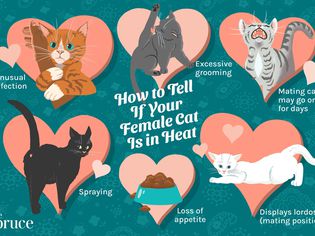
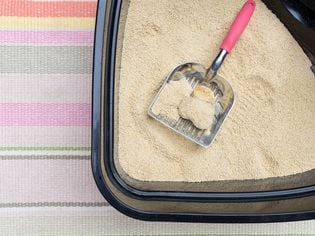

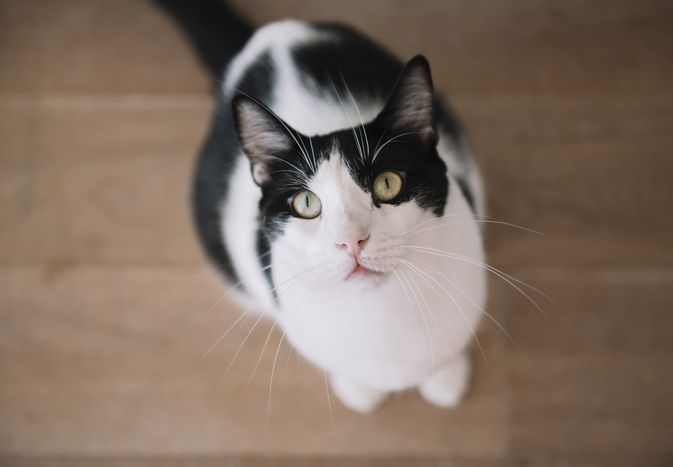
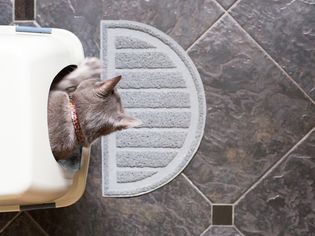
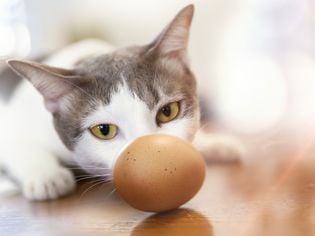

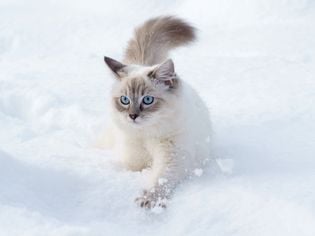
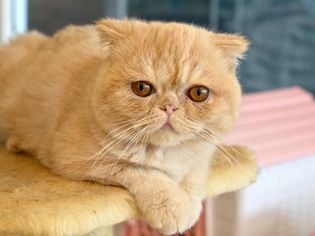
Comments on " Signs of Heat in Cats" :